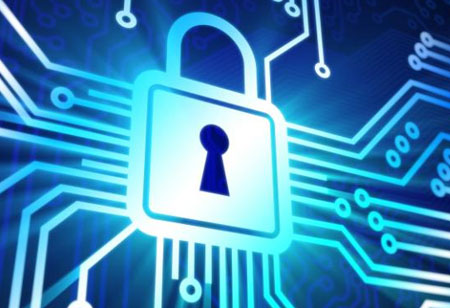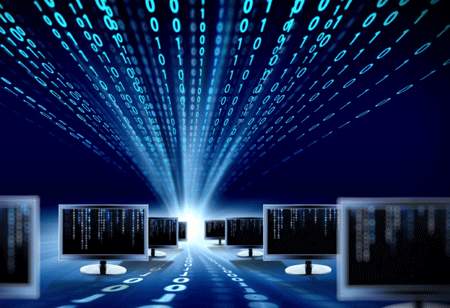THANK YOU FOR SUBSCRIBING
Minimal Impact from Endless Cyber threats: Guide for Enterprises
Enterprise security remains the main concern for companies across industries in the long-running drive for digital transformation. Whether cyber crime or IoT attacks, today's threats are endless and there is no overestimation of the eminence.

By
Apac CIOOutlook | Wednesday, March 27, 2019
Stay ahead of the industry with exclusive feature stories on the top companies, expert insights and the latest news delivered straight to your inbox. Subscribe today.
Enterprise security remains the main concern for companies across industries in the long-running drive for digital transformation. Whether cybercrime or Internet of Things attacks, today's threats are endless and there is no overestimation of the eminence of a viable safety solution and best practices. The recent attack against Apple chipmaker, TSMC, which resulted in the immediate shutdown of some of its factories, is a wake-up call for organizations all over the world. The cybercrime damages are projected to reach $6 trillion by 2021 according to research. In such a scenario, companies that show their own safety comfort are closed only in the imminent downfall.
The continued delivery of software changes facilitated by DevOps is risky without taking proper account of safety best practice. On the other hand, DevOps offers an opportunity to reduce safety risks when safety is integrated with best practice in the continuous delivery pipeline. DevOps software needs app designers to master best practices in order to maintain continuous safety at speed. Changes to software source code are checked before committing to the integration branch using static analysis tools. This guarantees that critical software and security vulnerabilities such as memory leaks, uninitialized variables, array boundary issues, and SQL injections are not included in the modified source code. The analysis of software components scans the components of third parties for known vulnerabilities in security and identifies risks during construction.
Check out: Top Cyber Security Companies
Leadership shows a vision for the direction, team management and three-year horizon of organizational activities and security practices. The leaders spur the team on by encouraging questions and challenging the underlying assumptions about work, including security practices. The cultures in DevOps organizations have a collaborative approach to eternal security. It encourages cross-functional cooperation, shared responsibilities and avoids silos among developers, operations, management of projects, quality assurance, and safety. An expert team creates the DevOps system and reviewed by a coalition with security stakeholders. A team of experts leads DevOps workflow changes and reviewed by a coalition of stakeholders that includes security.
It's challenging to integrate continually (CI) in organizations with multiple teams working simultaneously on a project and different code bases. It is crucial to evaluate the application during the integration process and to understand the safety implications of code changes. Continuous security (CS) itself is a separate pillar with independent best practices crossing the other pillars. The full functionality via API is exposed in all information security platforms in use. Immutable intellectual systems of infrastructure are used to ensure the locking of production systems.
Key cybersecurity companies: Critical Defence, CyberGym Control, CyberHat





